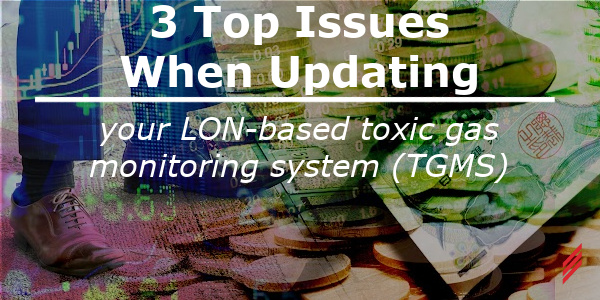6 Potential Consequences of An Arc Flash Incident
by Jason Mazzola on Sep 21, 2023 10:30:00 AM

Here is a hypothetical case study that demonstrates the significance of arc flash safety and the possible ramifications if proper precautions are not taken:
Case Study: Preventable Arc Flash Incident at a Manufacturing Facility
Background: A medium-sized manufacturing facility produces consumer electronics. The facility has a complex electrical distribution system to support its production lines and machinery. Despite being aware of the potential risks of arc flash incidents, the company had not conducted a comprehensive arc flash risk assessment or implemented proper safety measures.
Incident Details: On a typical workday, an electrical maintenance technician was performing routine maintenance on a circuit breaker panel without proper de-energization procedures. Due to a lack of proper training and awareness of arc flash hazards, the technician failed to take necessary precautions, such as wearing appropriate personal protective equipment (PPE) or using insulated tools.
While working, the technician inadvertently caused a short circuit when a live conductor came into contact with a metal tool. This triggered a massive arc flash event, resulting in a blinding flash of light, a loud explosion, and intense heat. The technician suffered severe burns and injuries from the incident.
Consequences: The arc flash incident had several significant consequences:
- Human Injury: The technician suffered both second and third-degree burns on their arms and face, requiring extensive medical treatment and hospitalization. The long-term physical and emotional impact on the technician's well-being was substantial.
- Downtime and Production Loss: The incident led to an immediate shutdown of the affected production line and adjacent equipment. The facility's operations were disrupted for several days as investigators assessed the damage, repaired equipment, and ensured that the facility met safety standards before resuming production.
- Equipment Damage: The arc flash caused extensive damage to the circuit breaker panel, nearby electrical components, and the surrounding area. Replacing and repairing the damaged equipment incurred significant costs.
- Regulatory Penalties: Regulatory authorities levied fines on the company for failure to comply with electrical safety regulations and inadequate training of employees.
- Legal Consequences: The injured technician filed a lawsuit against the company for negligence in providing proper training, safety protocols, and PPE. Legal expenses and potential settlements further added to the financial burden.
- Reputation Damage: News of the incident spread through industry circles and local media, tarnishing the company's reputation. Customers and investors expressed concerns about the facility's safety practices.
Lessons Learned: This case study emphasizes the importance of arc flash safety:
- Comprehensive arc flash risk assessments should be conducted to identify potential hazards and develop appropriate safety measures.
- Proper training and awareness programs are essential to educate employees about arc flash risks, prevention, and response.
- Always follow de-energization procedures and use appropriate PPE and insulated tools when working on electrical systems.
- Regular maintenance, inspection, and testing of electrical equipment are crucial to prevent arc flash incidents.
- Neglecting arc flash safety can lead to severe consequences, including human injury, operational disruption, financial losses, legal liabilities, and reputational damage.
Remember, while this case study is fictional, it illustrates the potential impact of an arc flash incident and underscores the importance of prioritizing electrical safety in industrial and commercial settings.
About the author
Jason Mazzola is the Director of Electrical Safety Services for Southern New England out of our Mansfield, MA office. He joined Hallam-ICS in 2019 and prior to that spent 10 years in utility industry in various engineering and leadership roles.
About Hallam-ICS
Hallam-ICS is an engineering and automation company that designs MEP systems for facilities and plants, engineers control and automation solutions, and ensures safety and regulatory compliance through arc flash studies, commissioning, and validation. Our offices are located in Massachusetts, Connecticut, New York, Vermont, North Carolina, Texas and Florida and our projects take us world-wide.
You May Also Like
These Related Stories

Advancing Automation Technology - How to Specify a Domain Controller

The 3 Top issues when upgrading your LON-based Toxic Gas Monitoring System (TGMS)


No Comments Yet
Let us know what you think